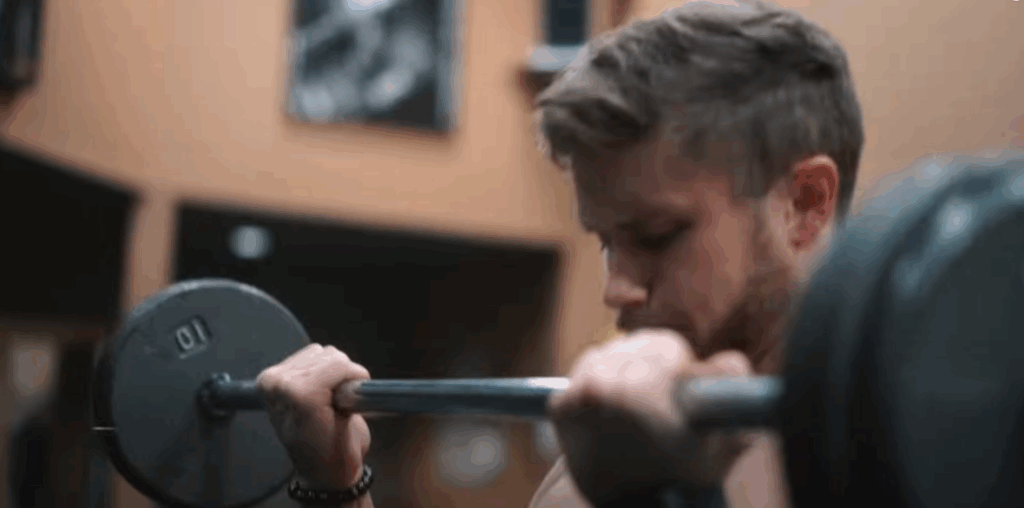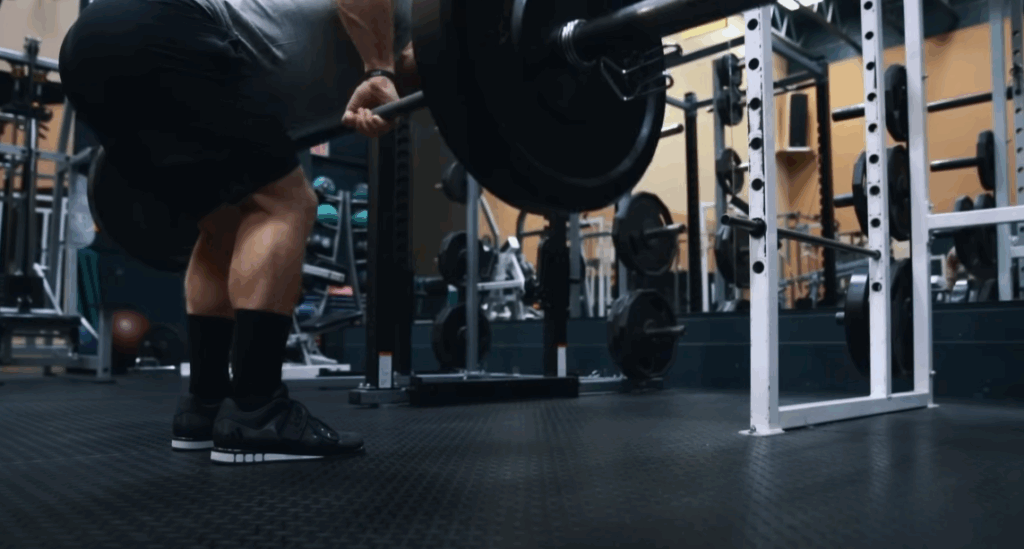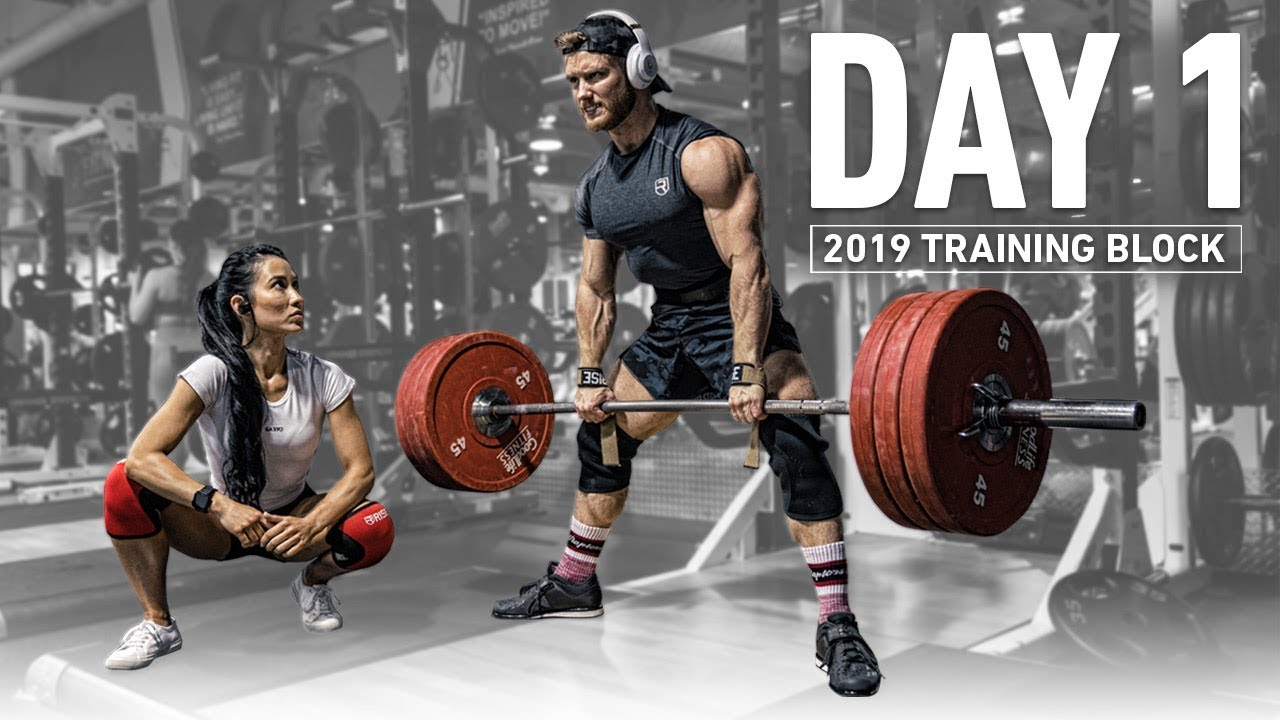When it comes to building a strong, wide, and aesthetically impressive back, few exercises can compete with the pull-up. This classic movement engages multiple upper-body muscles simultaneously, making it a staple in bodybuilding, strength training, and athletic performance programs. In this guide, you’ll learn why the pull-up is so effective, how to perform it correctly, and how to progressively overload it for maximum muscle growth.
Why Pull-Ups Are Essential for Back Development
Unlike machine-based movements, pull-ups require full-body control and significant core stabilization, making them far more demanding than exercises like the lat pulldown. Research comparing lat activation between pull-ups and pulldowns has shown similar engagement of the latissimus dorsi. However, pull-ups recruit additional muscles, such as the spinal erectors, biceps, and rhomboids, making them a superior choice for overall upper-body development.
Pull-ups also excel at overloading the teres major and teres minor—muscles that contribute to back thickness and width. Because you’re moving your entire bodyweight (and eventually added resistance), the mechanical tension created during pull-ups is extremely effective for hypertrophy when combined with progressive overload.

Muscles Worked During Pull-Ups
A properly executed pull-up is far more than just a “lat exercise.” Here’s a breakdown of the primary and secondary muscles involved:
- Latissimus Dorsi – The main target, responsible for shoulder adduction and giving the back its V-taper shape.
- Rhomboids and Trapezius (Lower and Middle Fibers) – Assist with scapular retraction and stabilization.
- Teres Major and Minor – Contribute to shoulder adduction and external rotation.
- Biceps Brachii, Brachialis, and Brachioradialis – Assist in elbow flexion, helping pull your body upward.
- Core Muscles (Rectus Abdominis and Obliques) – Maintain spinal stability by preventing excessive arching or swinging.
The combination of these muscle groups working together makes pull-ups one of the best compound movements for back development.
Pull-Ups vs. Lat Pulldowns: Which Is Better?
For beginners, lat pulldowns can be a useful alternative, especially if bodyweight pull-ups are too challenging. However, the pull-up has two key advantages:
- Core Engagement – Hanging freely requires isometric core activation, whereas the pulldown is performed in a seated, stable position.
- Progressive Overload Potential – Pull-ups allow for weighted progression using a dip belt or dumbbell, which can drive more significant strength and muscle gains over time.
That said, both exercises can be effective when used strategically in a program. Beginners may start with pulldowns but should transition to pull-ups as strength improves.
Setting Strength Standards and Progression
If you’re new to pull-ups, bodyweight alone may push you close to failure within 5–10 reps, which is an ideal range for hypertrophy. Advanced lifters should aim to progressively increase resistance by adding weight. Elite-level trainees often perform pull-ups with 50–100 pounds of additional resistance.
A good progression plan looks like this:
- Assisted Pull-Ups (if needed) – Use a band or machine to learn proper technique. Gradually reduce assistance over time.
- Bodyweight Pull-Ups – Work up to 10 clean reps with perfect form.
- Weighted Pull-Ups – Once 10 bodyweight reps are easy, start adding external load in the 5–8 rep range.
Optimal Grip and Hand Position
Grip width and style influence muscle activation during pull-ups. Here’s what you need to know:
- Standard Grip: A pronated (overhand) grip at about 1.5 times shoulder width is ideal for maximum lat and mid-trap recruitment.
- Avoid Extreme Width: Going excessively wide shortens the range of motion, limits loading potential, and increases wrist strain.
- Underhand or Neutral Grip: These variations are useful for bicep recruitment and may feel easier for some lifters but slightly reduce emphasis on the lats.
Choose a grip and stick with it for at least 6–8 weeks to track progressive overload before experimenting with variations.

Perfect Pull-Up Technique
Executing pull-ups with strict form ensures maximum muscle activation and reduces injury risk. Follow these steps:
1. Starting Position
- Hang from a pull-up bar with arms fully extended but keep a slight bend in the elbows to avoid joint strain.
- Engage your core and squeeze your glutes to prevent swinging.
2. Initiating the Pull
- Depress your shoulder blades (imagine pulling them into your back pockets).
- Drive your elbows down and toward your sides rather than simply pulling with your arms.
- Keep your chest lifted toward the bar but avoid excessive arching.
3. The Top Position
- Aim to bring your chin above the bar or touch your upper chest to the bar.
- Keep your hips extended and legs stable—avoid kipping or using momentum.
4. The Descent
- Lower yourself under control, allowing your lats to stretch fully at the bottom.
- Maintain tension throughout the movement—don’t drop quickly into a dead hang.
Common Mistakes to Avoid
Many lifters sabotage their results with poor technique. Avoid these common errors:
- Partial Range of Motion – Failing to lower fully or pull high enough reduces muscle activation.
- Using Momentum – Swinging the legs or jerking the body cheats the movement and decreases lat tension.
- Loose Core and Hips – Always keep your abs tight and glutes squeezed to maintain proper alignment.
- Excessively Wide Grip – This limits range of motion and increases shoulder stress.
Programming Pull-Ups for Maximum Growth
Pull-ups work well in the 5–10 rep range for strength and hypertrophy. Here’s how to include them in your training:
- Strength Focus: 4–6 sets of 5–8 reps with progressive overload (adding weight when possible).
- Hypertrophy Focus: 3–4 sets of 8–12 reps with controlled tempo and muscle contraction focus.
- Cluster Sets or Rest-Pause Training: Advanced lifters can use these techniques to push closer to failure and stimulate more muscle growth.
Pull-ups should be programmed early in your back workout while you’re fresh to maximize performance.

When to Use Straps
Grip strength often limits pull-up performance, especially during heavy or high-rep sets. Lifting straps can help you maintain a stronger grip and keep tension on the back muscles. However, avoid relying on straps for every session—training without them occasionally will build grip strength over time.
Final Thoughts
Pull-ups are one of the most effective bodyweight exercises for building a strong, muscular back. By focusing on strict form, progressive overload, and consistent training, you can develop impressive back width and thickness. Whether you’re a beginner using assistance or an advanced lifter adding weight, mastering this exercise will pay off with noticeable strength and muscle gains.



